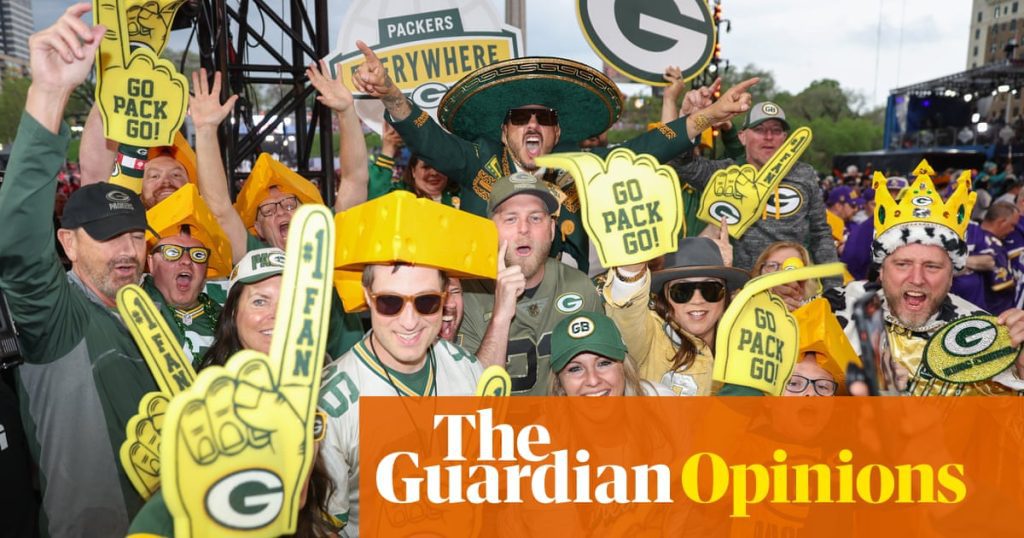I recently returned from a road trip to Wisconsin. The upper Midwest isn’t the most typical spring break destination, especially in early April. As my flight circled over Milwaukee, the bare and brown scenery signaled that I had time-traveled back to midwinter.
The weather was too chilly to enjoy the beaches, with the shores of Lake Michigan blanketed in snow and ice. However, the bars were lively, which is a common occurrence in Wisconsin, a state known for having the highest alcohol consumption per capita. Many patrons proudly noted that they contribute significantly to the country’s brandy sales (as a collective, of course).
Aside from sharing the best Old Fashioned recipe, the conversation often turned to the NFL draft, which was still weeks away. A particular statistic captured everyone’s attention: an estimated quarter of a million people were expected to flock to Green Bay, the host city for the first time. While chatting about the weather with an elderly jewelry store owner in a small town, she remarked, “Oh, it can be yick yick. But I guess it’s not stopping all these folks from coming up to pick some sports teams or something.”
The imminent draft was a convenient distraction from concerns about the failing global markets. Based on the extensive coverage on regional television, one could easily assume that the key focus for the U.S. economy was the availability of accommodations in Ashwaubenon. The young, bespectacled marketing director of Green Bay was getting more airtime than Katy Perry on stage.
Towards the end of my trip, one early Sunday morning, I finally visited Lambeau Field. Instead of taking the interstate, I drove through the suburban roads along the eastern bay shores, noticing the city’s industrial plants long before arriving. My initial plan was simply to park near the stadium and get a glimpse of it.
However, a man named Tim, who was collecting bins on the concourse, informed me that tours were indeed available on Sundays, with doors opening in ten minutes. Tim had previously worked on the stadium’s lighting before retiring, and now he undertook a part-time job to stay engaged. Like many others I had encountered during my visit, he had a job post-retirement, especially as pension plans continued to decline.
I booked a spot for the 90-minute “Champions” tour—it’s longer than the “Classic” but shorter than the “Legendary”—and since most folks were either at church or recovering from a Saturday night out, I ended up with a private guide, Pat and Bob. Before heading field-side, they took me to a window overlooking a construction site where cranes loomed over a partially built structure, and workers navigated the site with machinery. “That’s going to be a huge main stage,” Bob remarked. The draft used to be confined to hotel conference rooms or Radio City Music Hall in NYC, but now it’s an extensive outdoor festival, drawing nearly 800,000 attendees last year in Detroit.



